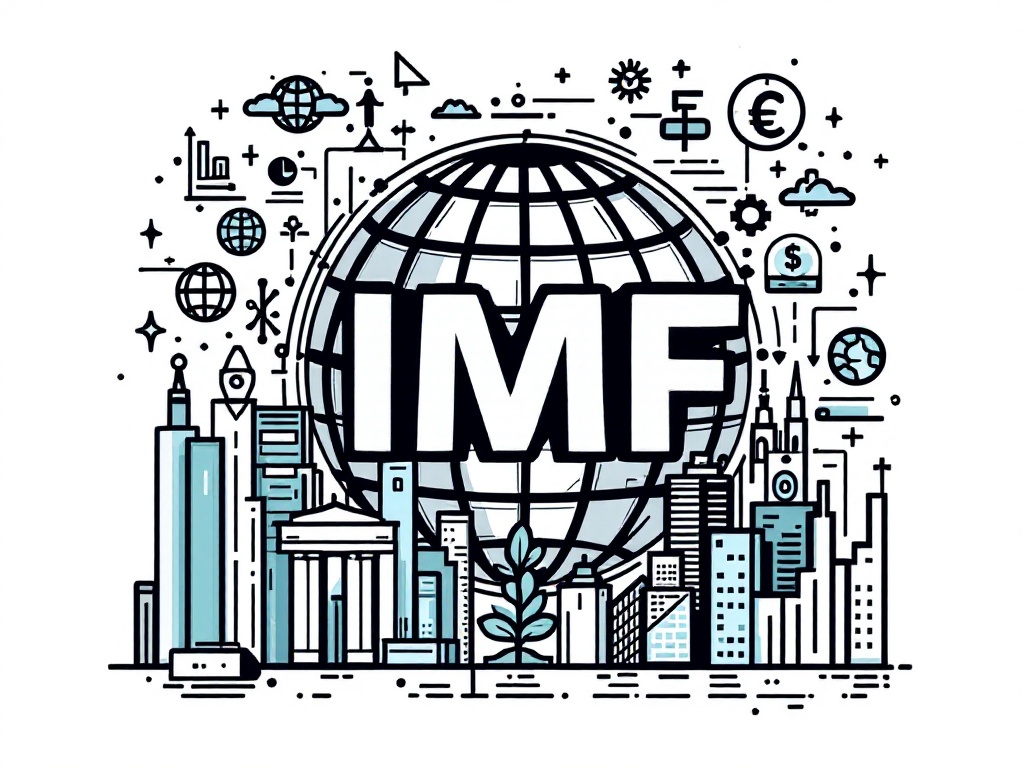IMF to Release World Economic Outlook Update for January 2025

Washington, D.C., Thursday, 16 January 2025.
The upcoming IMF World Economic Outlook will provide insights on global economic trends, aiding business leaders and policymakers in formulating strategic economic decisions.
Imminent Release Details
The International Monetary Fund (IMF) is set to release its latest World Economic Outlook (WEO) update tomorrow, January 17, 2025, at 9 AM ET [1]. The presentation will feature key IMF figures including Pierre-Olivier Gourinchas, Chief Economist and Director of the Research Department, along with Deputy Director Petya Koeva-Brooks and Division Chief Deniz Igan [1]. This bi-annual report, with interim updates, serves as a crucial tool for monitoring global economic developments and policy implications across IMF member countries [1].
Recent Economic Indicators
The update comes at a critical time, as emerging market and developing economies (EMDEs) now represent approximately 45% of global GDP, a significant increase from 25% in 2000 [8]. Recent data shows that global trade restrictions reached their highest levels since 2009 in 2023, while government debt in EMDEs has surged to 70%, marking the highest level since 1970 [8]. These developments are particularly significant as EMDEs have contributed about 60% of annual global growth since 2000 [8].
Corporate Sector Challenges
A recent IMF analysis published on January 13, 2025, highlights growing concerns about corporate sector vulnerabilities [3]. The report warns of heightened financial stability risks due to increased post-pandemic corporate financial distress, combined with the current challenging macroeconomic environment [3]. The analysis particularly emphasizes the need for enhanced regulatory oversight of nonbank financial institutions, as these entities have shown increased exposure to riskier firms in advanced economies [3].
Global Economic Integration Trends
The economic landscape continues to evolve, with EMDEs now accounting for 37% of global trade as of 2023, up from 22% in 2000 [8]. Notably, cross-border business connections have strengthened, with nearly half of EMDEs’ goods exports now directed to other EMDEs, compared to just one-quarter in 2000 [8]. These structural changes in global economic integration patterns are expected to be key focus areas in tomorrow’s WEO update, particularly as they relate to ongoing challenges in international trade and financial stability [1].